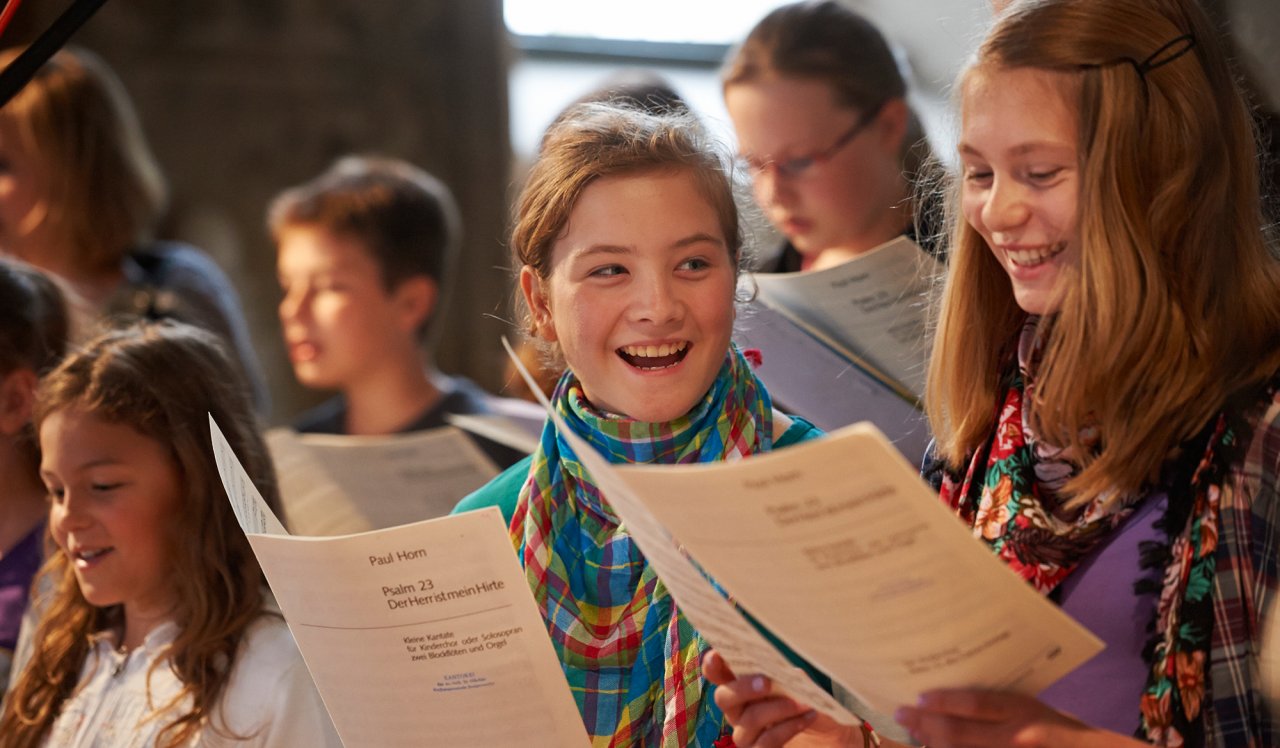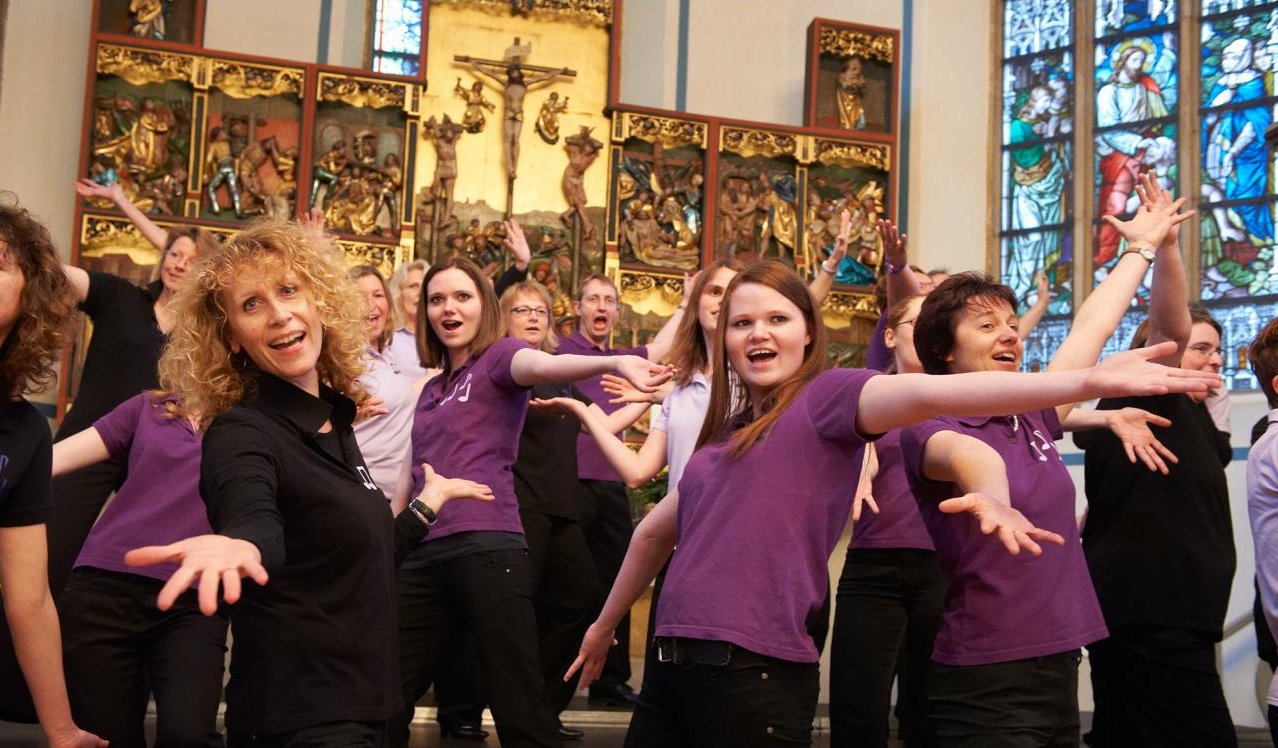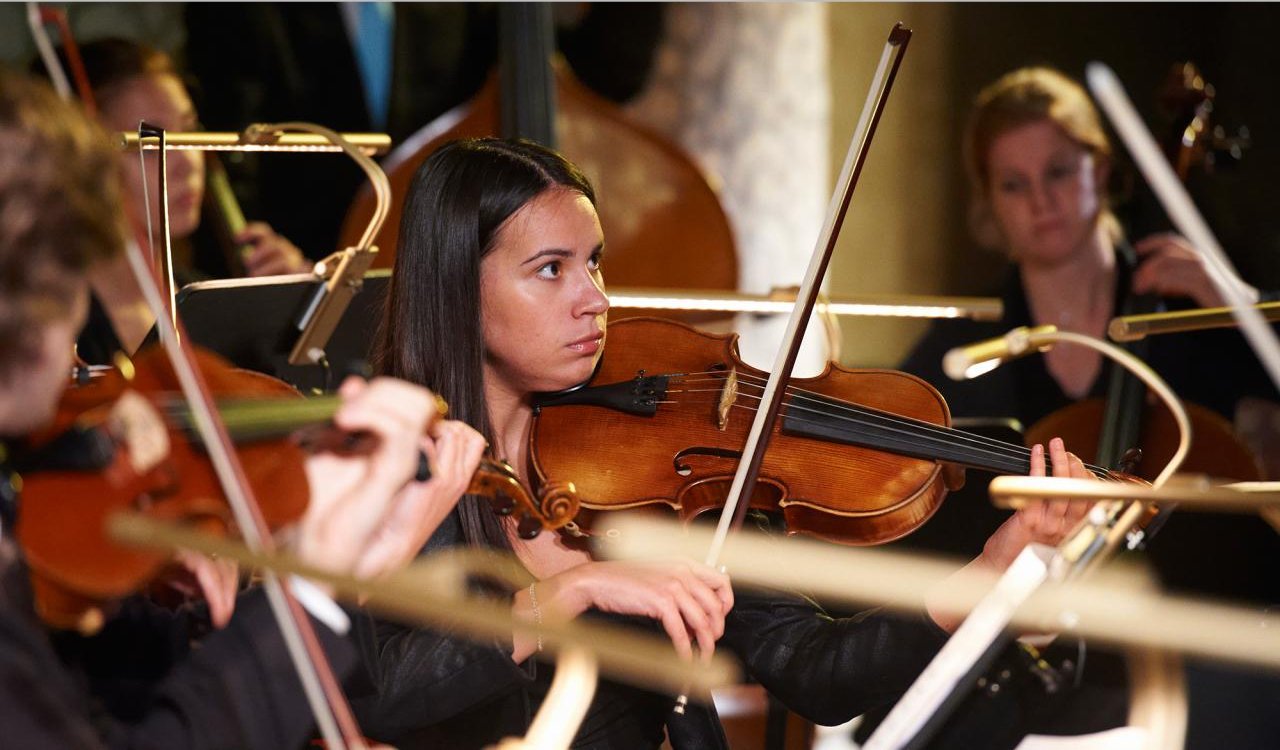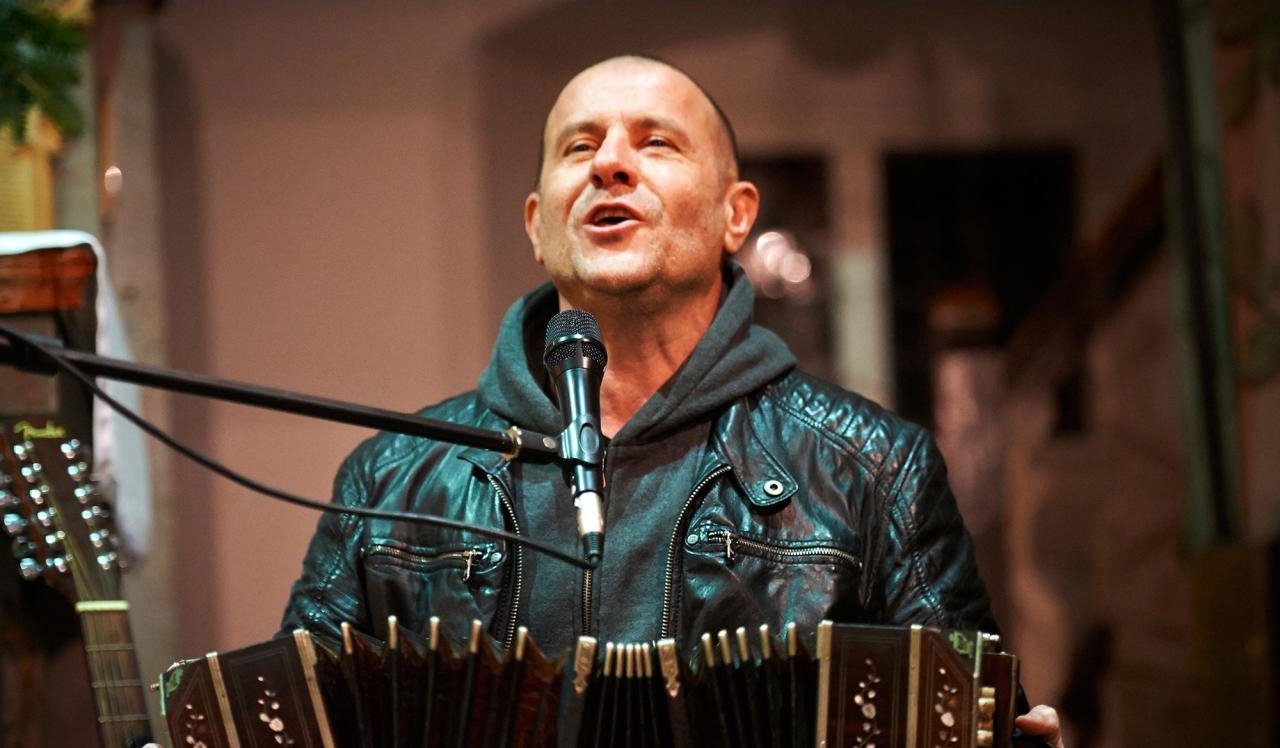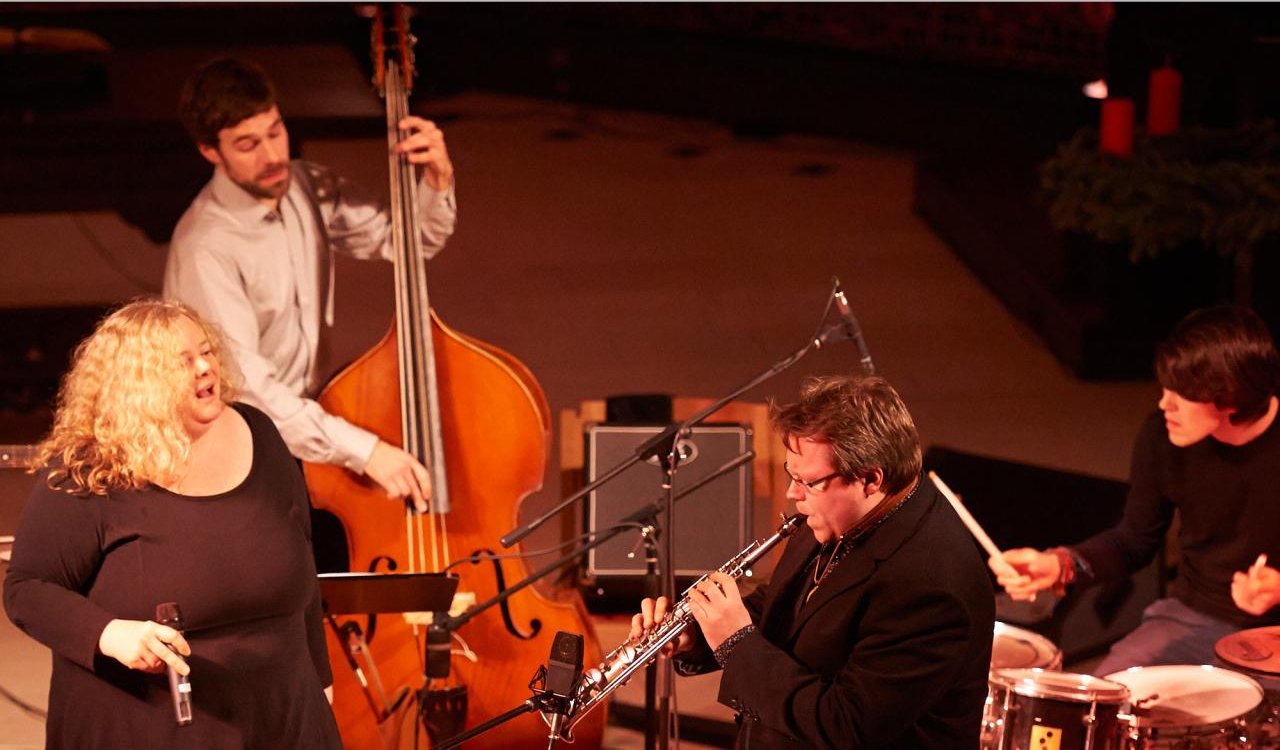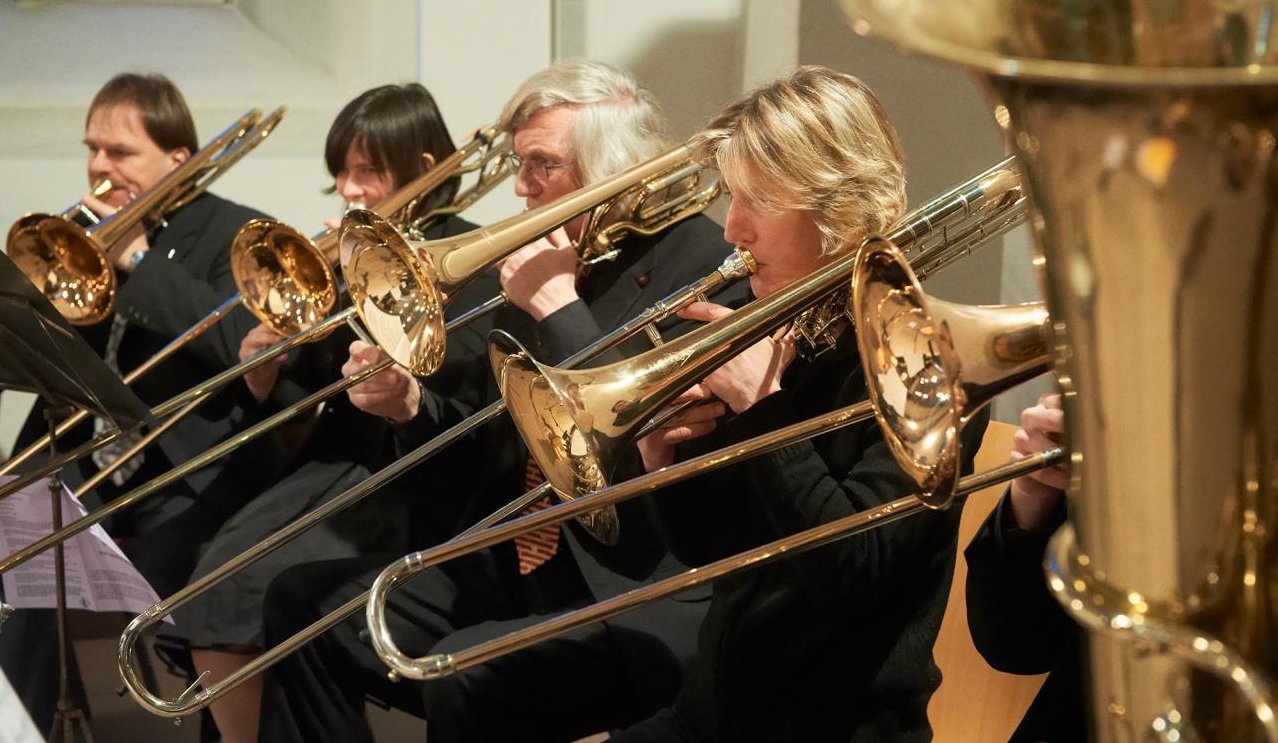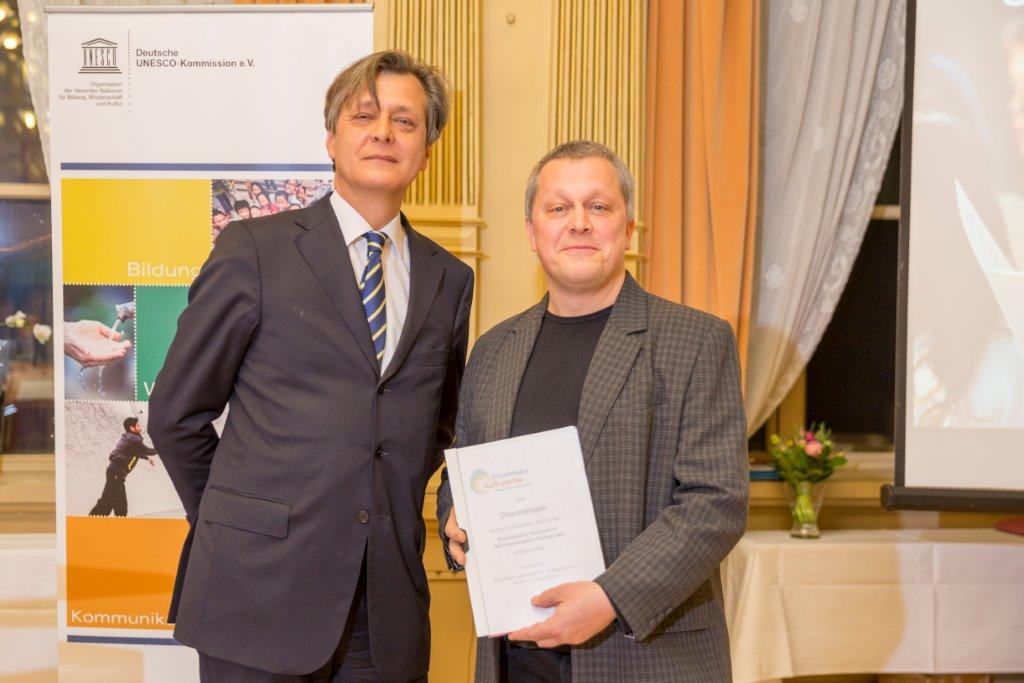Nationwide Inventory of Intangible Cultural Heritage
Choral Singing
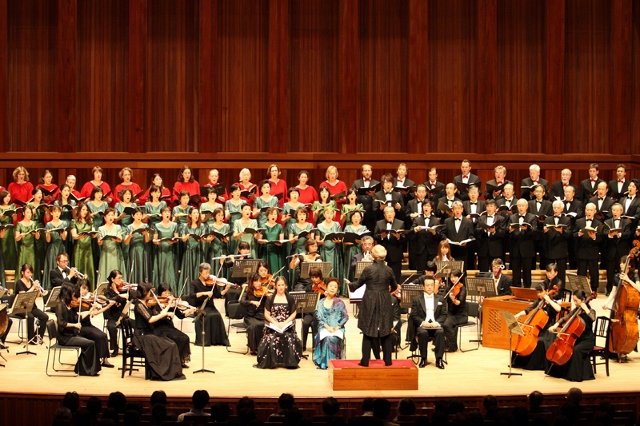
Choral singing as a special form of choir music that has its origins in the early Middle ages. From 1520 onwards, with the Reformation in the protestant church communities and the resulting emancipation of the communities, choral singing spread widely in Germany: no longer was singing restricted to priests, instead the parishioners sang in their native German tongue, understandable to everyone. Popular 'street melodies' found their way into new compositions, contributing greatly to a distinct popularisation of choral melodies and texts.
Facts & figures
Crucial date: all seasons- especially during Christmas time
Inscription: 2015
Domains: oral traditions and expressions; performing arts
Where to find: nationwide (also abroad)
Contact
Kulturbüro des Rates der Evangelischen Kirche in Deutschland
Klaus-Martin Bresgott, M.A.
@email
www.kulturkirchen.org
Thanks to extensive written and, above all, living oral transmission, the traditional musical forms and means of expression of the choral are known and practised to this day. In the course of time, many new forms have arisen for both singing during church services as well as concerts and opera performances, which influence and inspire each other mutually. Choral music found its way into the oratorios of the 17th and 18th centuries, prominently represented in the music of Bach and Mendelssohn Bartholdy and in operas of Richard Wagner and other composers, up to the great choral works of the 19th and 20th centuries.
In the 20th and 21st centuries choral singing is experiencing considerable differentiation and diversity: everyday speech is incorporated in choral texts, new rhythms from other parts of the world and other genres, such as 'gospel', 'jazz' and 'song' are being discovered for choral singing. Whether with soloists, in choirs, a capella or with instrumental accompaniment, choral singing has long been discovered and practiced by outside of church communities. Furthermore during numerous festivals innovative musical and choreographic ideas are tried out. Today, amateur and professional singers in many thousand choral ensembles throughout Germany are actively cultivating and passing on this form of cultural expression.
